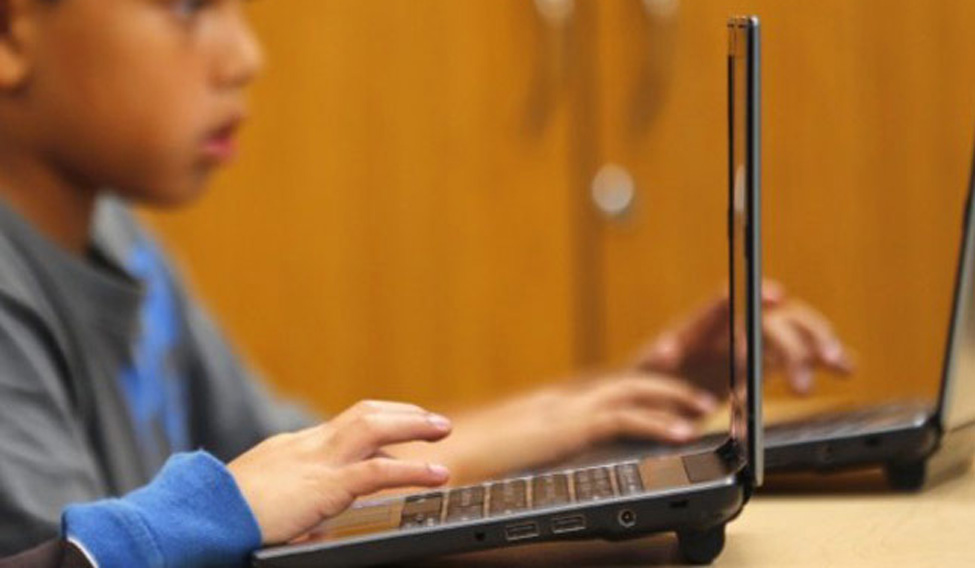Emerging economies like India might be the go-to market for a number of new-age technology companies. Tech giants like Amazon, Google and Facebook have been shelling out billions of dollars to capture the huge market. However, gender bias and patriarchy are ensuring that these efforts might not achieve their target to tap in the billion population.
According to a recent report by UNICEF, only 29 per cent of internet users in India are females. This means that fewer than one in three women have access to internet in the country. “India is one place in which the digital divide highlights society’s deep chasms,” says the report titled 'State of the World's Children 2017: Children in a digital world'. “In a society that is still largely patriarchal, for girls, traits like deference and obedience are often valued over intelligence and curiosity. In some households, technology is not seen as necessary or beneficial for girls and women.”
This might not be a good news for a digital-savvy government led by Prime Minister Narendra Modi that has been actively pushing for digital governance.
On the other hand, the gender gap is narrowing globally. According to the report, only 12 per cent more men than women used the internet in 2016.
According to the acclaimed annual report by Kleiner Perkins Caufield & Byers partner Mary Meeker, while the total internet user growth remained flat at 10 per cent in 2017 globally, India saw the numbers rise by 28 per cent. This means while internet adoption is slowing down or remaining flat globally, India has been a market where online businesses look to reap a bounty, courtesy its low levels of internet penetration in a population of 1.2 billion.
Internet penetration in the country is only 27 per cent, giving an elephant's room for internet usership to grow. However, persisting gender gap in internet usage might make the journey ahead for internet companies looking to expand their market in the country difficult.
The digital gender gap also leads to lack of access to online services and information on issues related to women's health or further their education and skills that could help them participate in the global economy of the 21st century. "Girls and boys in India have the unique opportunity to benefit from the connectivity that the digital world can provide. India is famous as an IT hub and no matter where they live, every girl or boy should have digital advantage," said Yasmin Ali Haque, UNICEF representative in India.
The report also noted that despite children's massive online presence—one in three internet users worldwide is a child—too little is done to protect them from the perils of the digital world.





